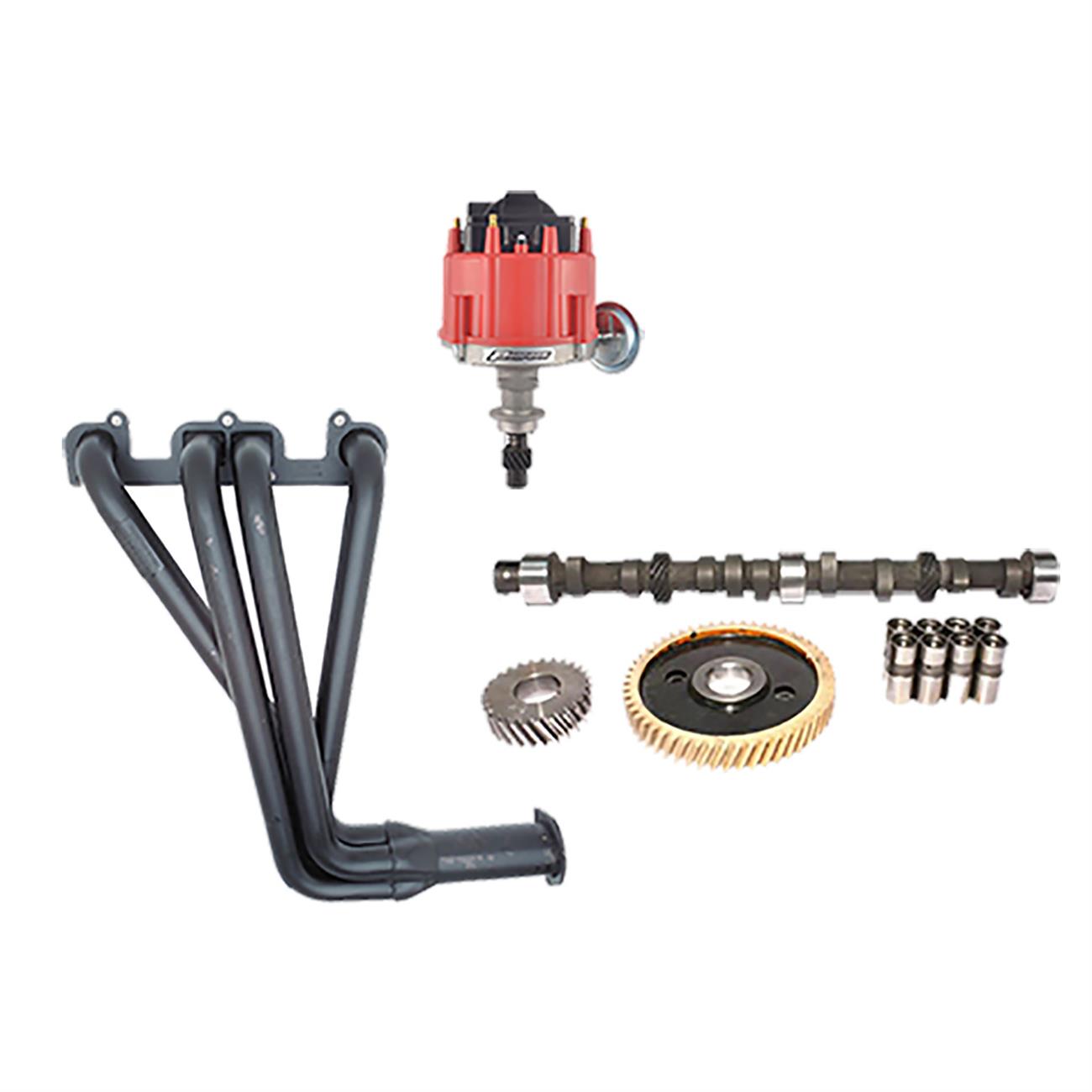When it comes to enhancing engine performance, many enthusiasts seek ways to unleash the hidden potential of their vehicles. One of the most astonishing modifications available today involves adding dual turbos to a typical 2.5L engine. This upgrade significantly transforms how the engine operates, can result in remarkable performance gains, and creates an exhilarating driving experience. But what exactly does this entail? Throughout this discussion, we will explore the intricacies of turbocharging, the workings of a 2.5L engine, the various performance gains achievable, and some considerations every performance enthusiast should contemplate before making this substantial modification.
Turbocharging is a process that utilizes exhaust gas to power a turbine, which, in turn, forces more air into the engine’s combustion chamber. This results in more air being mixed with fuel, creating a denser fuel-and-air mixture. In essence, turbochargers allow smaller engines to emulate the performance of larger ones without significantly increasing weight or fuel consumption. By introducing dual turbos in tandem, enthusiasts can optimize airflow and maximize the engine’s capability while maintaining the responsiveness that drivers crave.
At the heart of dual turbo setups is the 2.5L engine itself, often characterized by its simplicity and reliability. This four-cylinder powerhouse, typically found in various vehicles, is known for its balance of power and efficiency. However, when seeking to enhance performance, the upgrade can lead to exponential gains. Dual turbos allow for quicker boost response, which translates to enhanced acceleration and a thrilling driving experience. With the right tuning and compatible components, a mild-mannered 2.5L engine can deliver performance numbers that leave standard setups in the dust.
The turbo lag often associated with single turbo systems is mitigated with a dual setup. With two turbos, each charging half of the air that feeds the engine, the spooling time is significantly reduced. This rapid build-up of boost provides immediate throttle response, allowing drivers to feel the power surge without delay. This responsiveness not only improves driving enjoyment but can also lead to quicker track times and more consistent performance on the road.
By embracing the dual turbo configuration, performance enthusiasts can also expect notable increases in horsepower and torque. Depending on the engine setup and modifications, power gains can range tremendously, often producing upwards of 50% more power than a naturally aspirated engine. For instance, a stock 2.5L engine might produce around 100-125 horsepower; after upgrading to a dual-turbo setup, it is not uncommon to see numbers surpassing the 200 horsepower mark. This increased power doesn’t just contribute to exhilarating straight-line speed; it enhances the overall driving dynamics, making climbs, overtaking, and spirited driving far more engaging.
When considering dual turbos, the benefits extend beyond mere horsepower. Torque gains are essential for overall drivability. With optimal tuning, a 2.5L engine equipped with dual turbos can generate substantial torque across a broader power band. This means power is readily available at various RPMs, making everyday driving a cinch. Imagine effortlessly merging onto the highway or navigating through winding country roads – the added confidence this power brings is undeniable.
Of course, such modifications come with necessary considerations. First and foremost, optimizing a turbo setup requires additional components, such as upgraded intercoolers, exhaust systems, and engine management systems. An intercooler, for example, ensures that the air entering the engine is cool, dense, and optimal for combustion, further enhancing performance. Additionally, a robust exhaust system that promotes rapid exhaust evacuation supports the turbos in reaching maximum efficiency.
Moreover, the reliability of the engine cannot be overlooked. The increase in power output places additional stress on engine components, necessitating a robust build. Solid internals, such as forged pistons and rods, may be required to handle the added pressure from boosted air. Ensuring proper fuel delivery through upgraded fuel pumps and injectors is also critical for maintaining efficiency and preventing lean conditions that can lead to catastrophic engine failure.
Tuning plays a pivotal role in maximizing the benefits of a dual turbo setup on a 2.5L engine. Professional tuning solutions ensure that all components work harmoniously together and that the engine can handle the newfound power safely. A well-tuned engine will not only provide exhilarating performance but also maintain reliability and efficiency—two crucial aspects for any performance enhancement.
In conclusion, upgrading a 2.5L engine with dual turbos presents a myriad of performance gains that transform how the engine performs. From dramatic increases in horsepower and torque to improved throttle response and overall drivability, this modification creates a thrilling dynamic that many enthusiasts crave. However, it’s crucial to approach this upgrade with due diligence. Understanding the additional components required and ensuring proper tuning will make the difference between a mere enhancement and a spellbinding transformation. With the right setup, a 2.5L engine can become a force to be reckoned with on both the street and track, embodying the heart of performance innovation.
